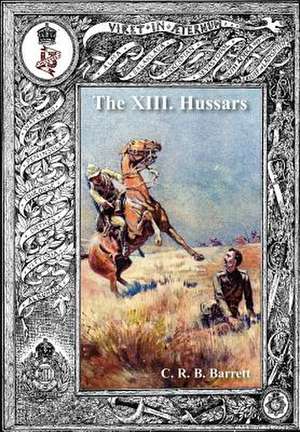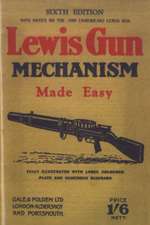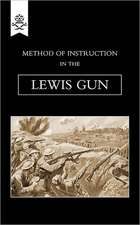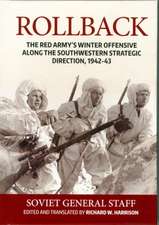History of the XIII Hussars Volume 2
Autor C. R. B. Barrretten Limba Engleză Paperback – 7 aug 2014
Preț: 307.84 lei
Nou
Puncte Express: 462
Preț estimativ în valută:
58.91€ • 61.28$ • 48.64£
58.91€ • 61.28$ • 48.64£
Carte tipărită la comandă
Livrare economică 14-28 aprilie
Preluare comenzi: 021 569.72.76
Specificații
ISBN-13: 9781783311309
ISBN-10: 1783311304
Pagini: 554
Dimensiuni: 170 x 244 x 28 mm
Greutate: 0.87 kg
Ediția:
Editura: NAVAL & MILITARY PRESS
ISBN-10: 1783311304
Pagini: 554
Dimensiuni: 170 x 244 x 28 mm
Greutate: 0.87 kg
Ediția:
Editura: NAVAL & MILITARY PRESS










